Why Should You Upgrade Your Material Handling Equipment?
Material handling is an essential aspect of industries ranging from manufacturing to logistics, construction, and beyond.
The efficiency of material handling operations directly impacts productivity, safety, and overall operational costs. As technology continues to evolve, upgrading material handling equipment has become a crucial strategy for businesses looking to stay competitive in the market. In this article, we explore the benefits of upgrading your material handling equipment, with a focus on how the right solutions can improve operational efficiency, reduce costs, and enhance safety.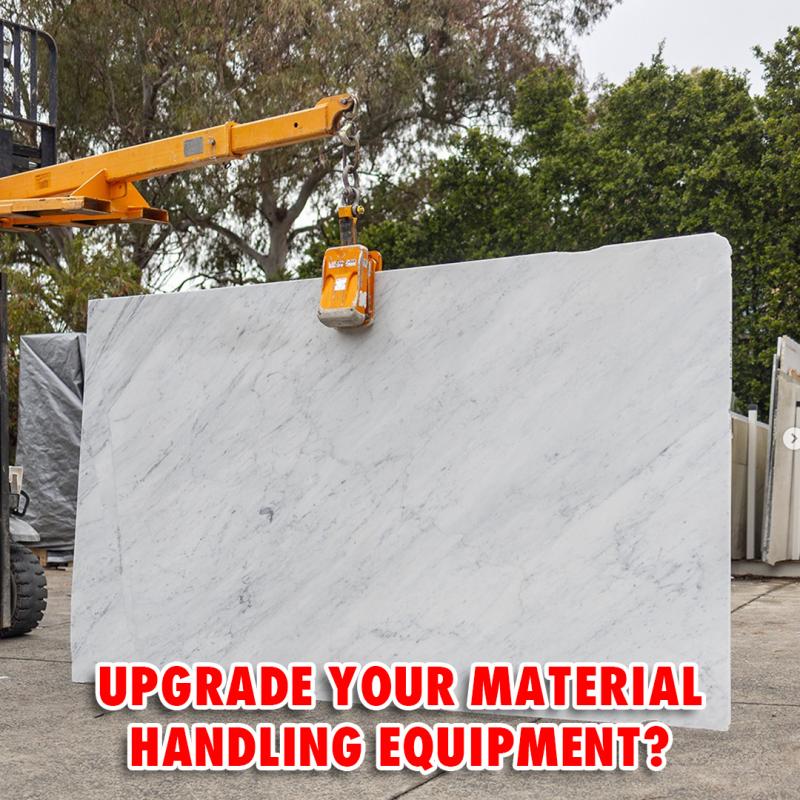
Understanding Material Handling Equipment
Material handling equipment refers to the devices and tools used for the movement, protection, storage, and control of materials during various stages of manufacturing, warehousing, and distribution. These systems include lifting equipment, conveyors, automated systems, and specialized tools designed to handle specific types of materials. Examples include lifting clamps, scissor lifters, vacuum lifters, and gantry cranes.
Upgrading material handling equipment not only helps improve workflow and safety but also reduces downtime, enhances efficiency, and increases your return on investment (ROI). Whether you are dealing with heavy machinery, bulky items, or delicate materials, choosing the right equipment for your needs is essential.
Types of Material Handling Equipment
There are various types of material handling equipment available, each designed for specific tasks. Some common equipment includes:
-
Lifting Clamps: These are designed for handling heavy materials such as steel plates or stone slabs. The Aardwolf Slab Lifter is one example that offers both manual and automatic options for handling large slabs with ease.
-
Vacuum Lifters: Vacuum lifters are perfect for handling non-porous materials such as glass and metal sheets, providing a secure grip that reduces the risk of material damage during transportation.
-
Scissor Lifters: Scissor lifts, such as the Aardwolf Horizontal Scissor Lifter, are versatile devices used to raise heavy materials to elevated positions, allowing for more efficient loading, unloading, and movement within a warehouse or production floor.
-
Gantry Cranes: These are heavy-duty systems used for lifting and transporting large, heavy materials across wide distances within a facility. Gantry cranes solutions, such as those offered by Aardwolf, play an essential role in many manufacturing and warehousing applications.
Key Benefits of Upgrading Your Material Handling Equipment
Upgrading your material handling equipment can yield numerous benefits. Below, we dive into why upgrading is crucial for maintaining productivity, reducing costs, and improving safety.
1. Increased Efficiency and Productivity
One of the primary reasons businesses choose to upgrade their material handling equipment is to improve efficiency. Older equipment may have slower processing times, require more manual effort, or lack automation features. Newer models, such as automated vacuum lifters or scissor lifts, can drastically reduce the time spent on handling tasks and speed up workflows.
For example, electric vacuum lifter solutions, allow for the quick and safe lifting of materials, reducing the number of workers needed for manual lifting. This leads to faster production times and less strain on your workforce, ultimately boosting productivity.
Similarly, horizontal scissor lifter options can help reduce the time spent moving items in and out of storage or production areas, improving the overall speed and efficiency of material handling operations.
2. Enhanced Safety
Upgrading your material handling equipment is also essential for improving safety in the workplace. Modern equipment is designed with advanced safety features, such as load sensors, automatic shutdown mechanisms, and ergonomic designs, all of which contribute to a safer working environment.
For example, using the Aardwolf Slab Lifter options ensures that large and heavy materials are lifted securely without putting workers at risk. This reduces the chances of accidents caused by improper lifting or handling.
Additionally, equipment such as ratchet tie-down straps plays a vital role in securing loads during transportation, minimizing the risk of shifting loads or accidental spills. Learn how to choose heavy-duty ratchet straps to ensure load stability and prevent damage to the materials being transported.
3. Cost Savings
While upgrading your material handling equipment might seem like a significant investment upfront, the long-term cost savings are substantial. New equipment often results in lower operating costs due to increased energy efficiency, reduced labor requirements, and fewer repairs or replacements.
For instance, modern gantry crane material handling systems are designed to be more energy-efficient than older models, cutting down on energy consumption while still offering high-performance lifting capabilities. This results in lower utility costs and improved sustainability.
Furthermore, upgrading to automated or semi-automated systems can reduce the need for manual labor, thus saving on labor costs and reducing the risk of workplace injuries, which could lead to costly workers' compensation claims.
4. Scalability and Flexibility
As businesses grow, their material handling needs often become more complex. Upgrading your equipment allows you to scale your operations and adapt to changing demands. Newer equipment is often more flexible and adaptable to different types of materials and tasks, making it easier to accommodate future business growth.
For example, articulated jib crane – wall mounted solutions can be integrated into existing facilities and offer the flexibility to handle a wide range of materials, from light to heavy loads. These cranes are versatile, allowing for quick adjustments to fit various production processes.
Additionally, investing in equipment like the Aardwolf Slab Lifter or scissor lifts provides the flexibility to handle different types of materials, ensuring that your business can quickly adapt to changes in product requirements without having to invest in new systems.
5. Improved Accuracy and Quality Control
With newer equipment, businesses can achieve higher precision in their material handling operations, leading to fewer errors and a higher quality product. Automated systems can minimize human error, ensuring that materials are handled consistently and accurately.
For instance, vacuum lifters provide a secure grip on materials, reducing the risk of slippage or damage during the lifting and moving process. This leads to a more accurate handling process and less waste.
Additionally, precision tools like lifting clamps can handle materials with greater accuracy, ensuring that materials are not damaged during the lifting process.
Conclusion
Upgrading material handling equipment is a wise investment for any business looking to improve operational efficiency, safety, and cost-effectiveness. Whether it’s reducing labor costs with automation, improving safety with advanced lifting equipment, or increasing productivity with faster systems, the benefits of upgrading are clear.
If you’re looking to enhance your material handling operations, consider investing in gantry cranes solutions, horizontal scissor lifter options, or electric vacuum lifter solutions. These upgrades will streamline your operations and help position your business for long-term success.
Learn more about how material-handling operations can boost your productivity and efficiency in the workplace.


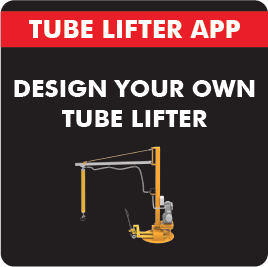










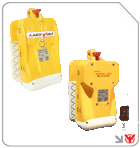

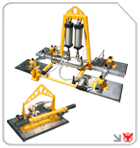
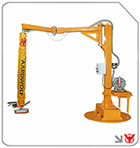
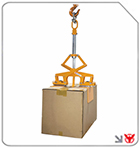
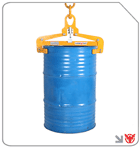

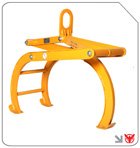

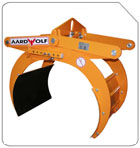
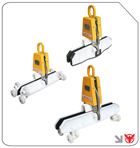

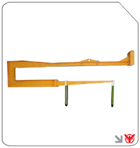
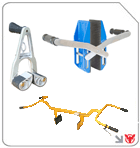
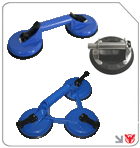

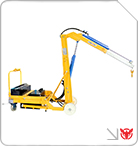

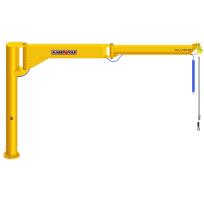
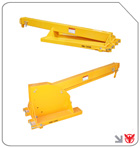
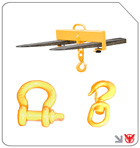
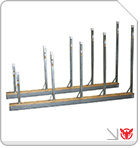
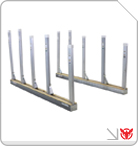
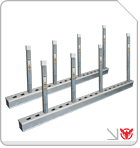



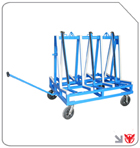

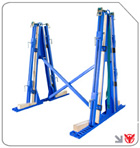
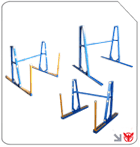
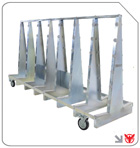
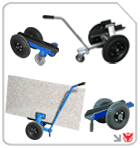


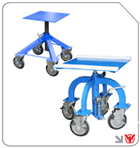




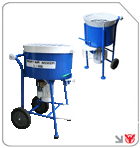

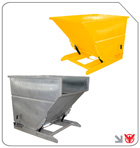

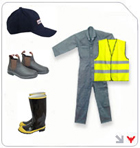
Follow us on: